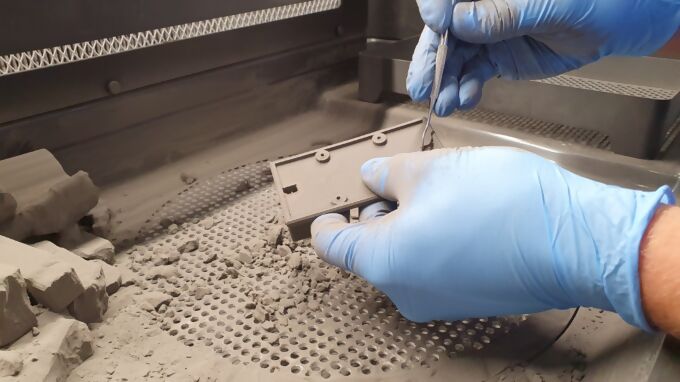Mechanical development work (yin) is closely interwoven with electronics development (yang); the symbiosis ultimately leads to the product. Cooperation between the specialists involved in the project is essential for a successful project and an optimally realised end product.
For example, regular checks are carried out to ensure that the designed housings are suitable for the planned electronic components and which connection points are important. The mechanics department also supports the electronics development department with provisional test set-ups for carrying out measurements.
The communication channels at STEINEL between the departments and project management are very short, which is an enormous advantage. Especially when it comes to clarifying details within the team.















